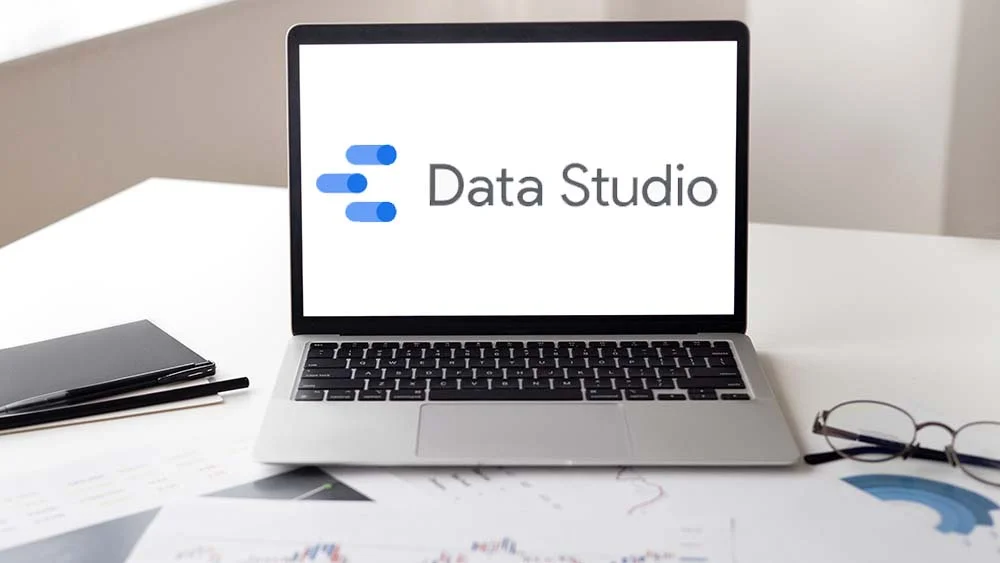Companies are increasingly using business intelligence and data analytics tools as of late. That’s because, if used right, it can help them improve their business strategies and increase their ROI. Luckily, thanks to the no-code movement, some of these tools are no longer hard to use or obtain. This article discusses business intelligence, no-code, and top no-code business intelligence tools.
What is Business Intelligence?
Business Intelligence (BI) refers to the methods and tools used by companies to sift through mountains of data and extract useful information for making strategic and operational decisions. To provide users with in-depth intelligence about the state of the business, BI tools access and analyze data sets and present analytical findings in the form of reports, summaries, dashboards, graphs, charts, and maps.
Business intelligence can also refer to a set of tools that can be used to gain insights about the current state of an organization with minimal effort and time investment.
What is the No-Code Movement?
No-code is a software development method where the tool, software, website, or app doesn’t require a programmer to write code to create it. The user is the front-end developer, so in this case, “no coding” means “no programming” on the user’s end. To create software, no coding employs graphical user interfaces, drag-and-drop components, and robotic process automation. For developers and non-programmers alike, no-code has many advantages, including allowing them to build applications quickly and easily, implement changes with minimal effort, and create software with little to no coding experience required. In addition, no-code applications can save businesses money compared to traditional coding and programming.
Benefits of Using No-Code BI Tools
More Flexible Workflow
Working with business data is made easier with no-code development tools. One benefit is that they allow for more fluid data construction, simplifying the process of assembling information from multiple sources. With such adaptability, you can create dashboards that serve different purposes for different people, teams, and departments within an organization. Creating dashboards for niche use cases becomes less of a priority when content creation is simplified.
It’s Time-Saving
The time savings from not having to write custom code make no-code development tools worthwhile. This is especially applicable for businesses that are just getting started with BI or have never before used BI tools.
Due to the learning curve associated with more traditional programming languages, an increasing number of businesses are embracing low-code and no-code development tools to create in-house software for data collection, reporting, and analytics. Many businesses are now turning to embedded BI tools to integrate analytics directly into their existing applications and workflows.
It’s Cost-Effective
The time spent on developing BI apps can be cut drastically if you switch to a low-code approach to application development. Furthermore, high-tech resources can be prohibitively expensive due to rising demand.
There are fewer places for mistakes to be made and more people who can help out because coding isn’t required. As a result, you can save money by reducing how much you spend on hiring qualified staff and fixing bugs.
The Best No-Code Business Intelligence Tools
Domo
Domo is a marketing- and sales-oriented business intelligence platform. They provide a no-code environment to model your data and work seamlessly within the ecosystem. However, the possibilities for change in their no-code environment are severely restricted. Most of the transformation will require you to become proficient in SQL. Domo stands out in its dashboarding capabilities and connectivity to data sources. Its ability to model data is limited but satisfactory. However, it’s more expensive than a lot of other tools.
y42
Although y42 only supports a small number of sources at the moment, you can still model your data in an intuitive visual interface without having to write any code. Since the data is stored in your data warehouse, this is a huge plus. You can also make your dashboards and charts however you like. y42 has a better ability to model data than Domo, and it is less pricey.
Whaly
To model your data in a no-code/low-code setting, Whaly connects natively to your databases and SAAS (150+ data sources). You can think of it as if you had the same abilities in both Airtable and SQL querying. With the help of these tools, you can establish a standardized lexicon across your organization, allowing all of your employees to safely experiment with production data in a self-service environment. In addition, you can personalize each chart to your liking on their best-in-class dashboard. Because they work together with your in-house data warehousing system, you retain full control over your information rather than having it shared with an external service. Whaly stands out in all aspects of business intelligence, and it is cost-effective.
Kloud.io
To view the results of your data transformations in a spreadsheet, Kloud.io can connect to your data sources, like databases and SaaS tools, with no coding required. This is useful for those who want to industrialize a spreadsheet with a lot of data, but it’s not helpful if you need to make a dashboard to show to your team. Its ability to model data is average, but the pricing makes it reasonable.
Google Data Studio
Google Data Studio is a free, open-source BI tool from Google. They have native connectors to databases like Postgres or BigQuery, but if you want to connect to a SAAS platform like Salesforce, Hubspot, or Amplitude, you’ll need to pay for a service like Supermetrics. Although Google won’t optimize your queries for you, making and personalizing a dashboard is a cakewalk. Google data studio is a decent option if you’re on a budget, but you will suffer from mediocre data modeling and a lack of connectivity to data sources.
No-code platforms aren’t just for making helpful tools like the ones mentioned in this article. Our no-code platform allows anyone with basic IT skills to build a fully operational native app. Sign up for the free trial!






